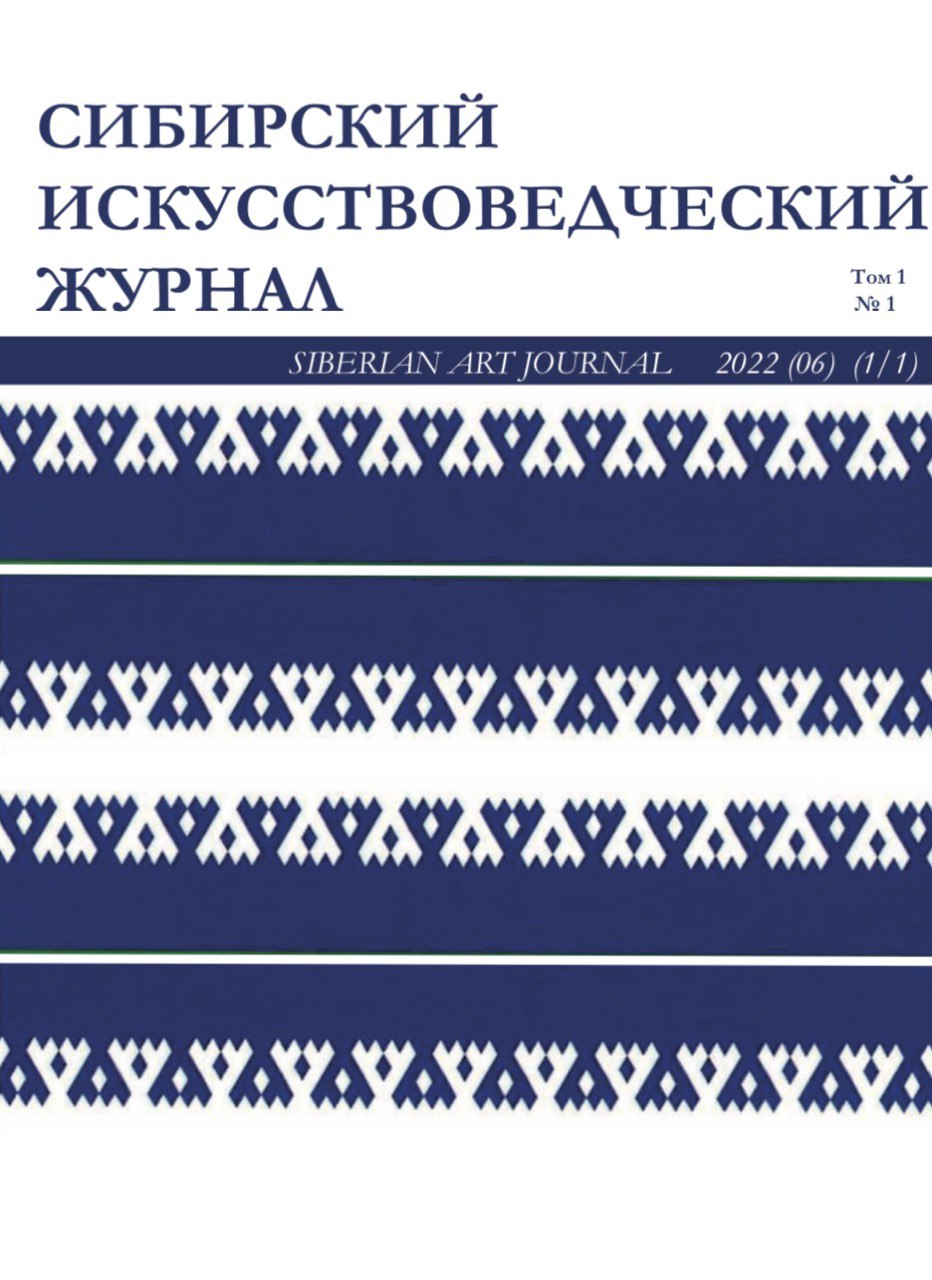Russian Federation
Russian Federation
The article provides a comparative analysis of the novel “The Godfather” by M. Puzo and the film of the same name by F. f. Coppola in order to determine the specific differences between visual and verbal texts. As a result of the study, it was revealed that the visual language of a work of cinematic art is a complex system. At a basic level, visual language is much easier for viewers of any culture and any level of education to perceive. Unlike verbal text, which requires the recipient to have at least knowledge of the language and the ability to read, most of the signs in visual text are deciphered intuitively, which increases its communicative potential in comparison with verbal text.
«The Godfather», Mario Puzo, Francis Ford Coppola, film adaptation
1. Vayl', P. (2006). Genius of the place. Kolibri. Moscow. 660 p.
2. Vayl', P. (1997). Family affair (Florence - Machiavelli, Palermo - Puzo). Foreign Literature, 6.
3. Geievsky, I. A. (1990). Characters and prototypes in the novels of M. Puzo. In M. Puzo, The Godfather; The Sicilian (pp. 565). Moscow: Politizdat.
4. Gusev, A. Gastarbeiter. History of the issue. Seans, 43/44.
5. Zhukovskiy, V. I., & Kopceva, N. P. (2004). Propositions of the theory of visual arts: A textbook. Krasnoyarsk: Krasnoyarsk State University. 265 p.
6. Karlova, O. A., Koptseva, N. P., Reznikova, K. V., & Sitnikova, A. A. (2020). The educational potential of the fantasy literary genre for contemporary youth culture. Science for Education Today, 10(4), 189-201. DOI:https://doi.org/10.15293/2658-6762.2004.12. EDN DUJLUL.
7. Kolesnik, M. A., Leshchinskaya, N. M., & Sertakova, E. A. (2019). The image of the poet-creator in Gustave Moreau's symbolism. Siberian Anthropological Journal, 3(4), 25-37. DOI:https://doi.org/10.31804/2542-1816-2019-3-4-25-37. EDN BTGMGM.
8. Kolesnik, M. A., Sitnikova, A. A., Sertakova, E. A., et al. (2022). Features of participatory art development in the city of Krasnoyarsk (Russian Federation) in the early XXI century. Journal of Siberian Federal University. Humanities and Social Sciences, 15(6), 826-839. DOI:https://doi.org/10.17516/1997-1370-0888. EDN WTCERE.
9. Kopceva, N. P., Bakova, N. A., Zamarayeva, Y. S., & Kirko, V. I. (2012). The problem of sociocultural studies in modern humanitarian science. Modern Problems of Science and Education, 3, 323.
10. Kopceva, N. P., Zamarayeva, Y. S., Bachova, N. A., et al. (2011). Social (cultural) anthropology. Krasnoyarsk: Siberian Federal University. 240 p. ISBN 978-5-7638-2393-6.
11. Kopceva, N. P., & Kolesnik, M. A. (2018). Visualization of Russian cultural identity in the works of Ivan Yakovlevich Bilibin. Northern Archives and Expeditions, 2(2), 81-92. EDN XNGROX.
12. Korte, G. (2020). Introduction to systemic film analysis. Moscow: Higher School of Economics Publishing House. 360 p.
13. Kuznetsov, P. (2006). Fathers and Sons: History of the Question. Session, 21/22.
14. Keza, L. (2014). "Are You from NATO?": Demystification of the Italian Legacy in "The Sopranos". Independent Philological Journal, 3, 123-127.
15. Pimenova, N. N., Shpak, A. A., & Degtyarenko, K. A. Digital art studies: possible typology of art databases. Journal of Siberian Federal University. Humanities and Social Sciences, 16(12), 2273-2284. EDN AAYGXA.
16. Pimenova, N. N., Shpak, A. A., & Ermakov, T. K. (2023). The genre of Soviet posters in visual art, 1917-1922. Journal of Siberian Federal University. Humanities and Social Sciences, 16(4), 580-593. EDN FGTIYC.
17. Popova, I. A. (2011). Symbol as a Means of Implementing Key Concepts of Creolized Text (on the Example of the Symbol "Orange" in F. F. Coppola's "The Godfather" Trilogy). Tomsk State University Herald, 11(103), 257-261.
18. Reznikova, K. V., Sitnikova, A. A., & Zamarayeva, Y. S. (2019). The philosophy of art in the works of Egon Schiele. Siberian Anthropological Journal, 3(4), 38-48. DOI:https://doi.org/10.31804/2542-1816-2019-3-4-38-48. EDN TYAFFZ.
19. Sertakova, E. A., Sitnikova, A. A., & Kolesnik, M. A. (2022). Computer art of the 1960s-1980s. Sociology of Artificial Intelligence, 3(3), 69-90. DOI:https://doi.org/10.31804/2712-939X-2022-3-3-69-90. EDN JUGALR.
20. Shpak, A. A. Aspects of theoretical approach in curatorial practices. Siberian Anthropological Journal, 1(4), 53-66. EDN YNUZMR.
21. Homberger, Eric. (July 5, 1999). “Mario Puzo: The author of the Godfather, the book the Mafia loved". The Guardian. Accessed August 10, 2009. "Born one of 12 children, Puzo grew up in Hell's Kitchen on the west side of Manhattan.” Accessed via: https://www.theguardian.com/news/1999/jul/05/guardianobituaries
22. Paglia, Camille. (May 8, 1997). "It All Comes Back To Family" - NYTimes.com. [Electronic resource]. Accessed via: https://www.nytimes.com/1997/05/08/garden/it-all-comes-back-to-family.html
23. Seredkina, N. N., Kistova, A. V., & Pimenova, N. N. (2019). "The Frieze of Life" by Edvard Munch: Philosophical and Art Analysis. Journal of Siberian Federal University. Humanities and Social Sciences, 12(7), 1295-1315. DOI:https://doi.org/10.17516/1997-1370-0446. EDN AQYGSD





